Persian Carpet History & Types: All You Need To Know
Iran has a universal reputation in carpet weaving. Persian carpet or Iranian rug, a heavy textile for decoration or home use, is one of the main features of Iranian culture and art as well as one of the leading exports. Woven in various types by nomads and workshops, it is the narrator of Iranian arts and cultures, traditions, people, and lifestyles. Persian handmade carpets are well-known for their longevity, lavish textures, strong colors, and elaborate designs. They are characterized by natural dyes, traditional tribal patterns, as well as modern designs, but old techniques. The cities that are famous for their carpets include Isfahan, Nain, Kashan, Tabriz, Mashad, Kerman, and Qom.
In 2010, traditional skills of carpet weaving in Fars and Kashan were inscribed on the Representative List of the UNESCO Intangible Cultural Heritage of Humanity. Carpets of Kashan are made by Persian weaving style (known as asymmetrical knotting), so the backside of the carpet is evenly knotted. Carpets of Fars, woven by Iran nomads on the horizontal frame placed on the ground, and without any design.
The oldest known carpet in the world showing the long history of the art of carpet weaving is over two thousand years old Pazyric carpet, excavated in 1949. Whether it belongs to the Achaemenid craftsmen or the place where it was found, is still subject to controversy. Although Persian carpets were mentioned in historical writings before Christ, there are no surviving carpets from the Achaemenian and Parthian periods.
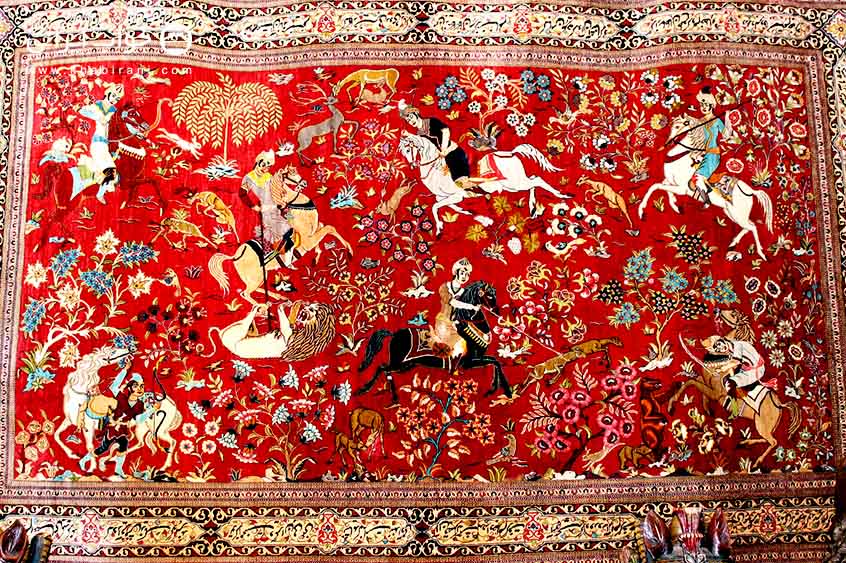
Persian Carpet
The exact time that Persians started to weave pile carpets is not known, but Persian carpets in the Sassanid period were used as covering for the floors in Persia, Anatolia, and Byzance. On the contrary, flat weaving was known during that era according to the history books and the textiles preserved in western museums and eastern monasteries, and burial sites. It is guessed that Baharestan Carpet in Ctesiphon was made in this way; a Sassanid hand-woven carpet using silk, gold, and silver threads, decorated with precious stones.
After Islam, magnificent Persian carpets, especially the silk ones, have been mentioned and adored by historians and writers from different lands at various times. As Islam prohibited using human motifs, carpet designs changed to floral and geometric patterns. It was the beginning of a new era of Persian carpet weaving.
During different eras, Persian carpets have experienced changes in style and design and Iranian weavers have combined new ideas with their old styles. In miniatures that remained from the Timurid period, carpets show colorful geometrical shapes and designs derived from Kufic calligraphy. No carpet woven before 1500 A.D. has survived.
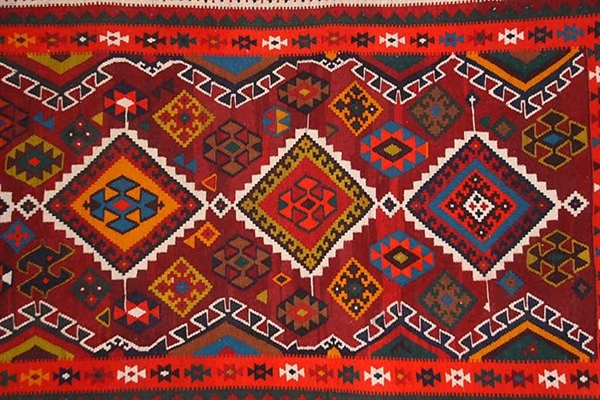
Persian Carpet-Kilim
The Persian carpets in the Safavid era were famous for their elaborate spectacular colors and designs. During this era, court manufactories and large workshops were established and the art of carpet weaving reached its peak. There are no early Safavid carpets survived, but later Safavid carpets still exist. The miniatures during the late 15th century show a considerable change in Persian carpet design and weaving. Simple straight lines turned into more elaborate designs such as more curves, large medallions, figures of flowers and animals, arabesques, and tendrils.
Persian carpets were so skillfully and finely woven in the Safavid era presented to the European countries as gifts, especially the silk ones woven by gold and silver threads. Ardabil Carpet, kept in the Victoria & Albert Museum in London, is one of the best examples of the old Persian carpets. Another distinguished carpet in the Safavid era is the Vase technique carpet attributed to Kerman.
In the Afsharid period, Mashad as the capital became the center of carpet weaving and Afsharid designs and motifs were created. These carpets are known for their large size, warm colors, and long life. In the Qajar dynasty, Tabriz was known as the center of the modern weaving style of Persian carpet.
In the late 19th century, synthetic dyes and commercial designs found their way into the old traditional style of carpet weaving.
In 1935, Reza Shah Pahlavi founded the Iran Carpet Company. So, the carpet industry export was brought under government control.
Persian Carpet in Niavaran Palace
Nomadic rugs are different from carpet workplaces in design and way of weaving. The best-known type of Persian rug is called Gabbeh. In the 1980s, Gabbeh- at first woven by nomads- became popular in Europe.
Wool, cotton, and silk are the materials used for weaving the carpets. Traditional dyes are taken from plants and insects, such as Oak acorns, Indigo, and Madder. The looms are divided into horizontal and vertical. Horizontal looms are usually used by the nomads. Persian carpets are usually woven by two different knots: the symmetrical Turkish and the symmetrical Persian. Two famous kinds of flat-woven carpets include Kilim and Jajm.
The Persian carpet is one of the best Iran souvenirs for tours to Iran. There is a vast variety of styles and designs to satisfy all different kinds of tastes.
Are you planning to travel to Iran? Check out our Iran tours.

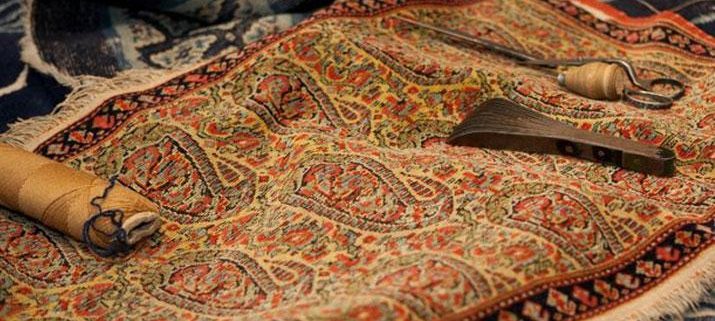
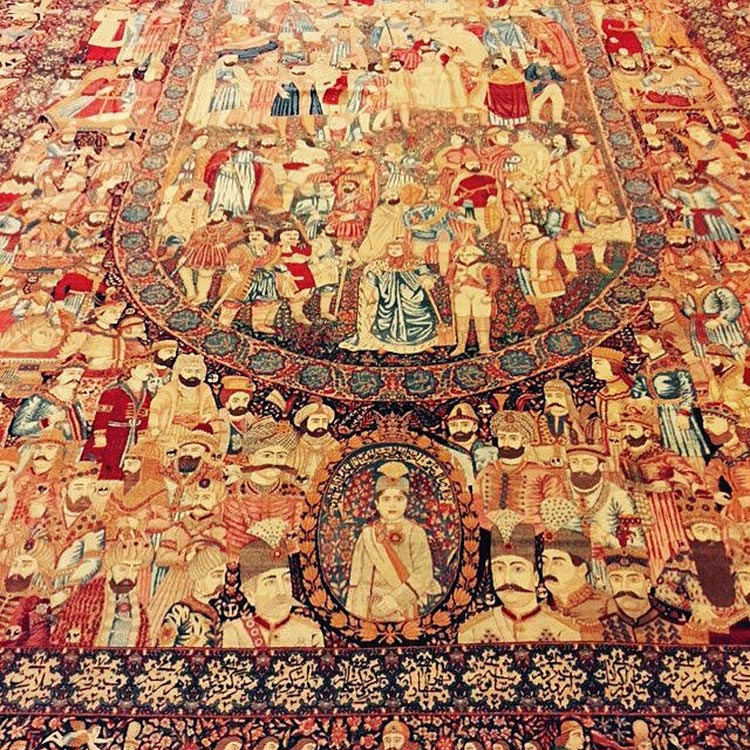
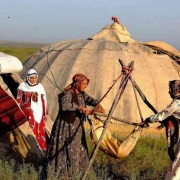
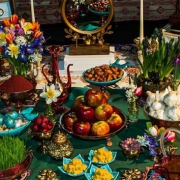
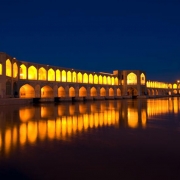




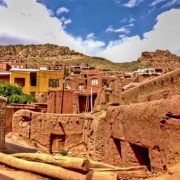




Leave a Reply
Want to join the discussion?Feel free to contribute!